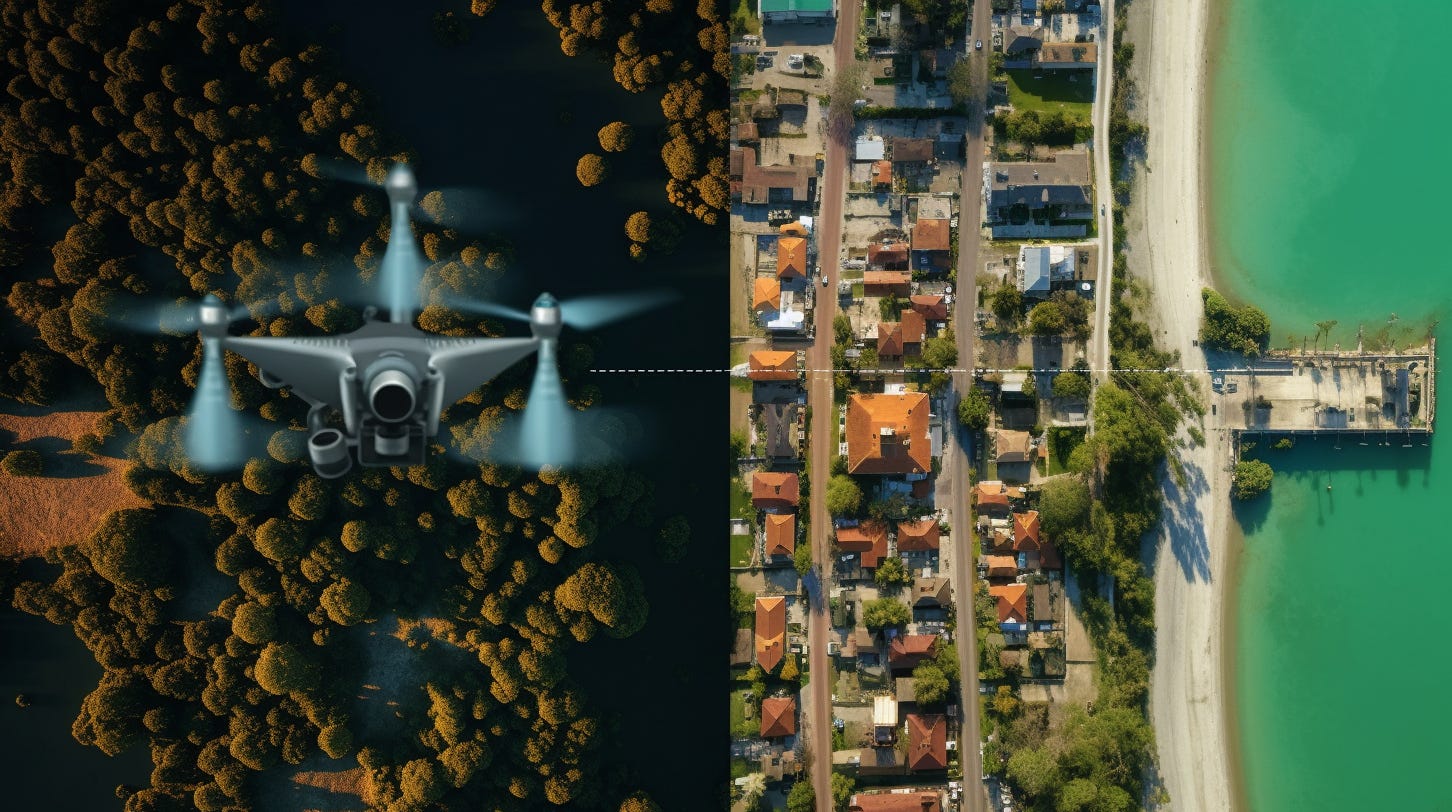Geo-AI, Web-based GIS Analysis, and 3D Data Visualization: A Synergistic Ecosystem for Geospatial Solutions
Introduction
The marriage of Geographic Information System (GIS) technology with Artificial Intelligence (AI) has heralded a new era in the realm of spatial data analysis and visualization. Advanced technologies such as Geo-AI, web-based GIS, and 3D data visualization are breaking down barriers, democratizing access, and amplifying capabilities. This article aims to shed light on these intertwined technologies and how they are revolutionizing multiple sectors, from urban planning to environmental management and beyond.
Web-based GIS Analysis: A Leap Forward in Accessibility
Accessibility
Web-based GIS platforms have removed the necessity for cumbersome installations, offering greater accessibility. Users can engage with GIS data from any location, using any device with an internet connection.
Real-time Analysis
One of the most compelling features of web-based GIS is the ability to perform real-time analysis. This immediacy in data manipulation and sharing is indispensable in fields requiring quick decision-making.
Collaboration
Web-based GIS also fosters collaboration by allowing multiple users to work simultaneously on the same project. This is invaluable for interdisciplinary projects and cross-border initiatives.
Customization
Web-based solutions often offer customization features, enabling the platform to adapt to the specific needs of various projects or organizations.
3D Data Visualization: Immersion and Understanding
Immersive Experience
3D data visualization provides a more comprehensive and immersive user experience compared to traditional 2D mapping. It enables realistic simulations, offering a lifelike representation of the physical world.
Better Understanding
The third dimension enhances the understanding of complex spatial relationships. It allows users to explore spatial data from multiple perspectives, an essential feature for applications in urban planning, disaster management, and environmental monitoring.
Interactive Engagement
3D visualizations are often interactive, permitting users to engage with data in real-time, thus creating a more dynamic data exploration experience.
Beneficiaries of Web-based GIS and 3D Data Visualization
The adoption of these technologies can benefit a diverse range of professionals:
Urban Planners: For meticulous planning and realistic visualization of urban designs.
Environmentalists: To monitor changes in ecosystems.
Emergency Responders: For devising precise and effective response strategies during disasters.
Educational Institutions: For training and research in geography, geology, and other spatial disciplines.
Government Agencies: To assist in policy-making and public outreach.
Real Estate Developers: For presenting properties in a more compelling manner.
The Role of Geo-AI in Amplifying Capabilities
Automated Data Collection and Analysis
Geo-AI can significantly reduce human labor by automating data collection, cleaning, and analysis processes. This automation can enhance the real-time spatial data collection and analytics services offered by firms specializing in geospatial and BIM solutions.
Predictive Analytics
With machine learning algorithms, Geo-AI can predict spatial events based on historical data. This offers an advanced level of analytics that goes beyond mere descriptive statistics.
Enhanced 3D Visualization
Geo-AI can also contribute to real-time rendering of intricate geospatial datasets, thereby enriching 3D visualization.
Customization and Personalization
Geo-AI enables customization based on user behavior and preferences, making the user experience more engaging and relevant.
Real-time Decision-making
Geo-AI supports quicker and more informed decision-making by providing real-time insights on spatial data. This is particularly crucial in sectors that require rapid responses, such as emergency management.
Semantic Understanding
Geo-AI’s machine learning models can automatically recognize and categorize features within imagery, thereby facilitating better understanding and utilization of geospatial data.
Conclusion
The synergistic combination of Geo-AI, web-based GIS, and 3D data visualization is catalyzing unprecedented advancements in the geospatial domain. These technologies not only enrich professional applications but also democratize spatial data analysis and visualization for the general public. Their integration opens up a plethora of opportunities for specialized firms in geospatial and BIM solutions, making it a promising avenue for future exploration and investment.


